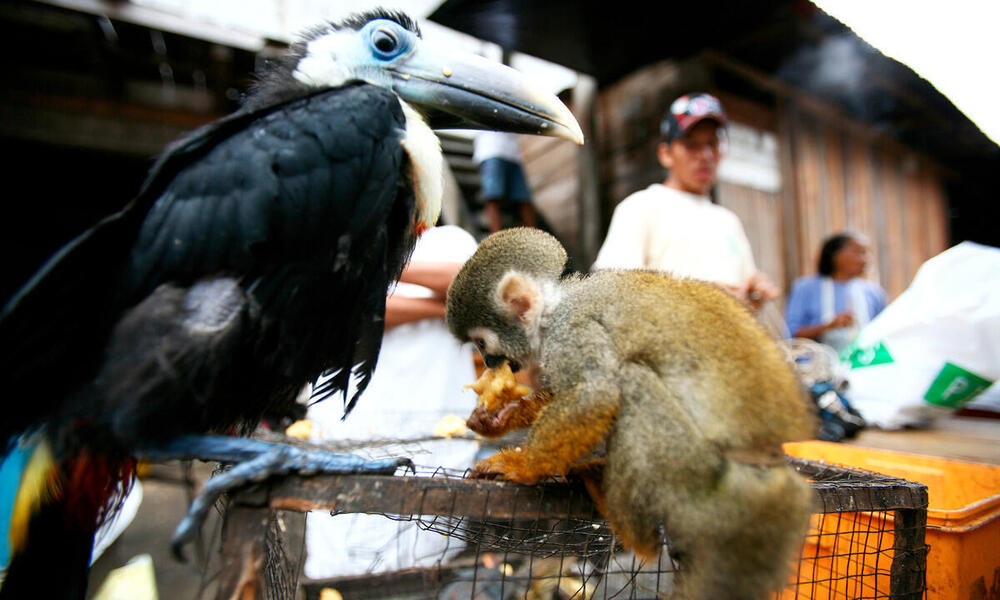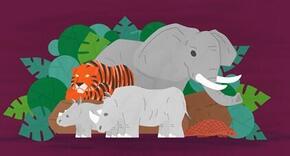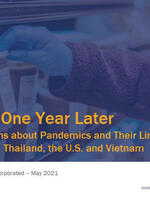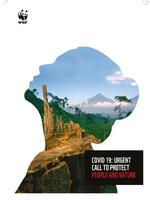The demand for wild meat and live animals is often tied to deeply embedded social perceptions and traditions. Targeted behavior change efforts are powerful tools in addressing high-disease-risk and unsustainable wildlife trade and in persuading consumers to make better choices. WWF is addressing the root of the problem by focusing first on wildlife consumption for luxury and status reasons. More research and insights are needed to understand how to shift high-disease-risk wildlife consumption for subsistence needs to ensure the protein needs of vulnerable populations are met.
We conducted a general public survey in Hong Kong SAR, Japan, Myanmar, Thailand, and Vietnam in 2020 to gauge public sentiment and awareness of the linkages between COVID-19 and wildlife trade, as well as the level of support for the closure of illegal and unregulated wildlife markets. 93% of respondents stated that they would support efforts by their governments to close all illegal and unregulated markets selling wild animals. More than a year after the emergence of COVID-19, WWF worked with GlobeScan to conduct a follow-up survey in 2021 with over 6,500 people in the United States, China, Vietnam, Thailand, and Myanmar. This survey assessed how the effects of the pandemic have affected sentiments about and support for what individuals, companies, and governments need to do to prevent future pandemics. Three-quarters of all respondents remain extremely or very worried about the current pandemic, and a majority of the public surveyed remain deeply worried about future pandemics, strongly supporting government action that tackles the root causes, like high-risk wildlife trade and deforestation, in order to prevent similar outbreaks from reoccurring.
By assessing the awareness of the connection between zoonoses and wildlife trade and consumer motivations, WWF can better inform governments and health ministries on effective legislation and design campaigns to target people most likely to engage in interactions that could pose a public health risk.
WWF continues to push for a holistic government approach to develop actions that prevent future global pandemics. We encourage the US government and other nations to close high-risk wildlife markets, where they cannot be effectively regulated, and invest in demand reduction efforts. The US should reauthorize and update the END Wildlife Trafficking Act
to find new solutions to end wildlife trafficking and reduce the risks of zoonotic diseases. WWF is advising Congress and US government to increase funding to the US Fish and Wildlife Service and the US Department of Agriculture’s Animal and Plant Health Inspection Service (APHIS) to increase capacity to combat illegal wildlife trade and zoonotic risks in the US and support efforts to tackle high-risk markets and wildlife trafficking internationally.






 Jan Vertefeuille
Senior Advisor, Advocacy, Wildlife Conservation
Jan Vertefeuille
Senior Advisor, Advocacy, Wildlife Conservation
 Crawford Allan
Senior Director, TRAFFIC
Crawford Allan
Senior Director, TRAFFIC
 Robin Naidoo
Senior Conservation Scientist and Lead Wildlife Scientist
Robin Naidoo
Senior Conservation Scientist and Lead Wildlife Scientist